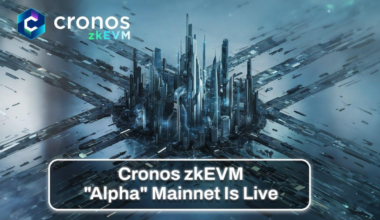The Securities and Exchange Commission (SEC) has been actively filling the “regulatory gaps” in the digital asset industry that have been identified by President Joe Biden’s administration.
While senior U.S. regulators have called for new laws to govern digital assets, SEC Chair Gary Gensler doesn’t see the need for new laws to regulate the space.
Stablecoins have driven much of the recent instability in the digital asset industry. A new law to create standards for stablecoins has been top of the agenda in Congress.
However, talks stalled over reluctance from the Treasury Department, which was seen as helpful to gain the support of several fence-sitting Democrats on the House Financial Services Committee and in the Senate.
Multiple people familiar with those deliberations say the SEC drove Treasury’s reluctance through constant objections and last-minute revision requests.
The lack of new laws has kept the SEC’s lane clear to proactively regulate in new areas that it hadn’t previously focused on including stablecoins and firms that combine a number of traditionally separate financial activities.
In February, the agency sent a letter to Paxos informing the crypto infrastructure company of an investigation into its joint stablecoin project with Binance, BUSD.
And last week the SEC took action against Beaxy due to the way the platform combined several traditionally separate financial activities under one company, another area where the Financial Stability Oversight Council (FSOC) recommended new laws to create guardrails.
The move highlights a longstanding criticism of the digital asset space, that ‘exchanges’ combine functions in ways that traditional stock or commodities exchanges don’t.



